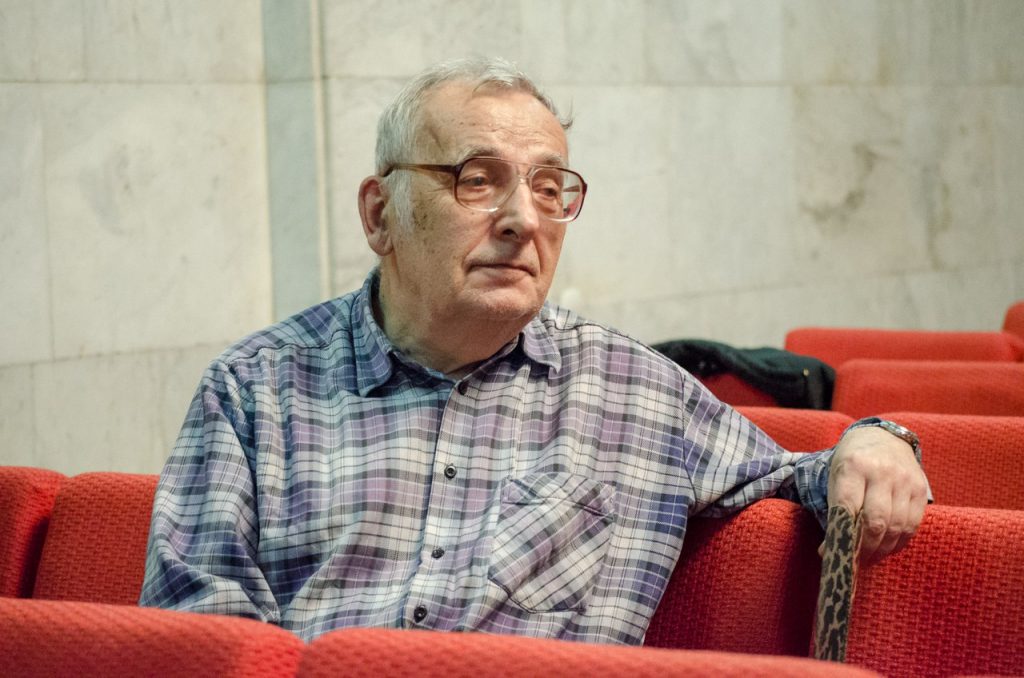I.S. Osad’ko graduated from the Department of Physics of Moscow State University in 1962. Thesis: “Disruption reactions with excitation of rotational levels of non-axial nuclei”. From 1962 to 1967 he studied as a PhD student in the Institute of Physics, National Academy of Sciences of the Ukrain (Kiev). In 1969 he defended dissertation in physics: “Theory of Small Traps in Molecular Crystals”, his supervisor was the outstanding Soviet physicist A.S. Davydov. In 1978, he defended his doctoral thesis: “Theory of the shape of optical bands and the study of electronvibrational interaction on the structural optical spectra of impurity centers”.
From 1967 to 1999 he worked at the Moscow Pedagogical State University, as a senior engineer (1967-1969), head of the theoretical division (1969-1979), head of the laboratory (1979-1988), professor of physics (1988-1999) at the Department of Theoretical Physics (since 2015 named after E.V. Shpolsk’ii). While working at the Moscow State Pedagogical University, he taught courses in classical electrodynamics, thermodynamics, and statistical physics, quantum mechanics, as well as special courses on laser selective spectroscopy, coherent phenomena in solids, and single molecules spectroscopy. Igor Sergeevich published more than 100 scientific articles in various fields of optics and spectroscopy of condensed matter.
His outstanding contribution to the scientific field of selective laser spectroscopy was awarded the D.S. Rozhdestvensky Prize of the Russian Academy of Sciences in 2004. I.S. Osad’ko’s pedagogical talent was highly appreciated by students, as evidenced by the award of the honorary title “Soros Professor” in 1995-1996. 13 PhD in physics successfully defended their theses under his leadership.
From 1999 to 2010, I.S. Osad’ko worked as a lead researcher at the he Lebedev Physical Institute of the Russian Academy of Sciences, and since 2010 he joined the Institute for Spectroscopy of the Russian Academy of Sciences where he continued his research until the last days of his life.
